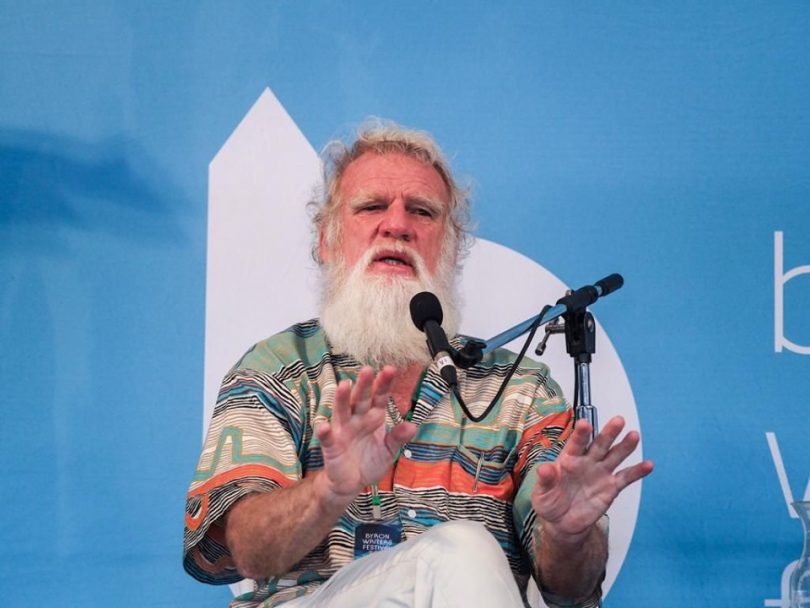

Page says he also recognises the angle Grenville was coming from, “that she was writing from the white perspective and it’s a historical novel that reflects the attitudes of the time”.įor Pascoe, too many writers glean their knowledge of Indigenous Australia from non-Aboriginal sources, rather than first building genuine friendships with the community, establishing mutual trust and aspiring to authenticity. “We gave our mob the respect they deserved by giving them their clan name, Dharug, and the authority to speak in language.” “They’re just there as cardboard cutouts for the white actors to act against.”Indigenous choreographer Stephen Page worked on a Sydney Theatre Company adaption of the novel, currently in its encore season, and tells Guardian Australia: “I initially had a strong emotional reaction to the book and the representation of our people.” The company worked with Dharug man Richard Green and made additions to the work. Pascoe has had “civilised arguments” with Grenville about her 2005 novel, contending that the Aboriginal characters of The Secret River have no agency. But when I get to the parts about Aboriginal Australia I have to put the book down, because it’s so wrong,” he says. I’ve read them all, and I continue to read them. Pascoe has strong words about Indigenous representation in Australian literature, highlighting a number of prominent writers whose work he says have been incorrectly dubbed “reconciliation novels”, including The Secret River by Kate Grenville and books by Tim Winton, Peter Goldsworthy and Patrick White.


 0 kommentar(er)
0 kommentar(er)
